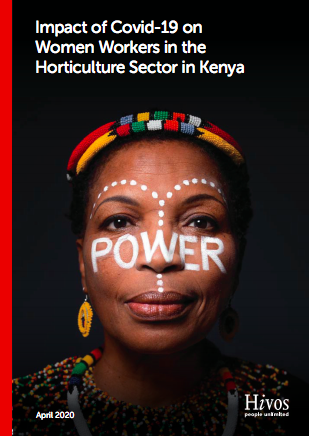Corruption and Contemporary Forms of Slavery: Examining Relationships and Addressing Policy Gaps
PublicationsCorruption is an underlying cause of and a facilitating tool for practices arising from contemporary forms of slavery; it is essential to creating the conditions for a low-cost, low-risk, high-profit illicit trade in vulnerable individuals. Yet, cor...Read More

